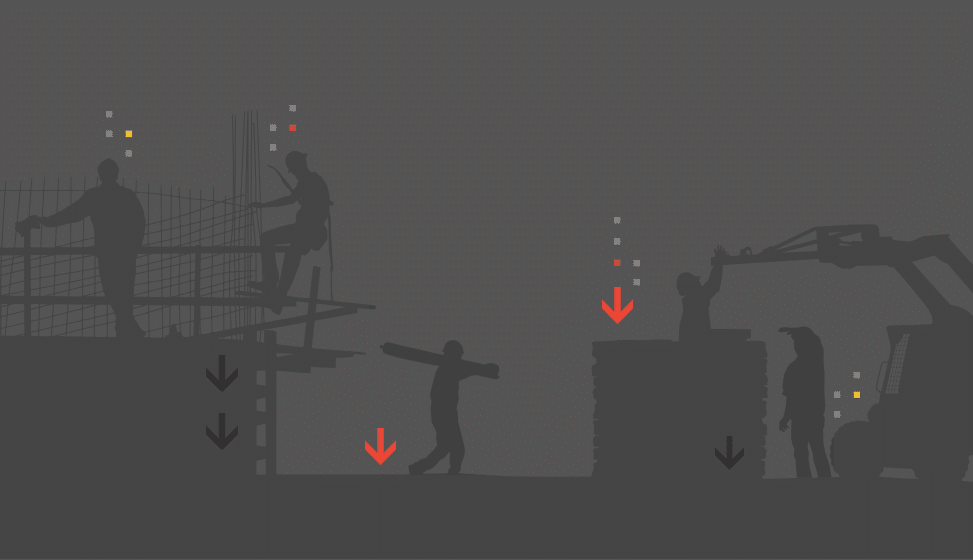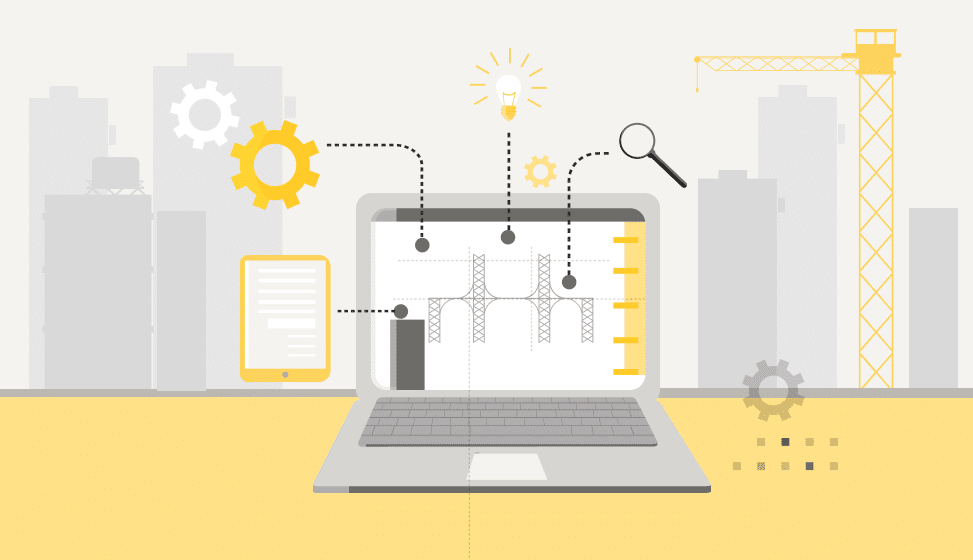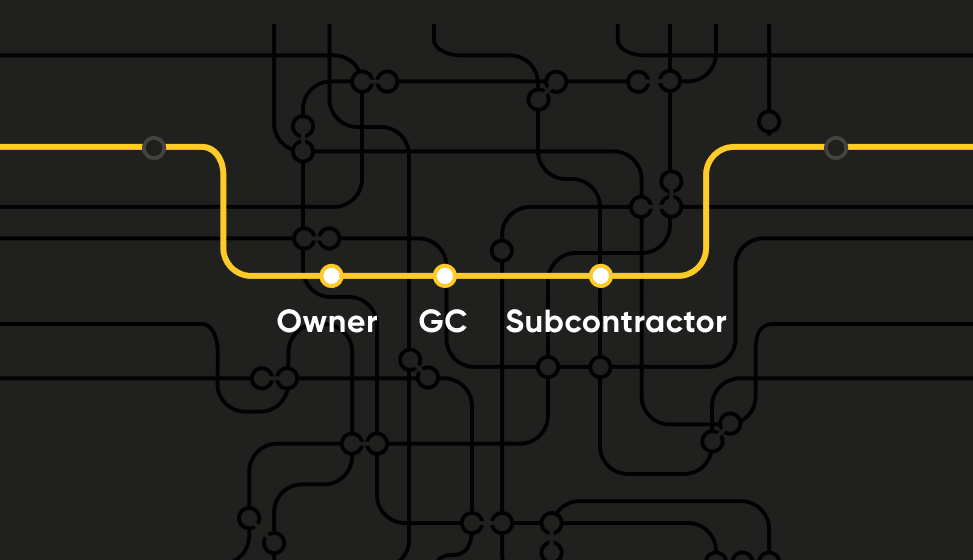AI And Machine Learning Key To Successful Process Management

Tracking the progress of a construction project authentically includes tracking the status of every element, during all on-site activities, performed by any of the dozens of subcontractors on site, checking the status of thousands of elements every day. That be a full-time task for at least one manager, but so tedious the manager would likely last a week before resigning. That is why the solution to this problem is not a human one – AI and machine learning are the key to successful construction process management.
What is machine learning?
We can define machine learning as a machine’s ability to improve its decision-making process based on experience. In simple words, the more examples the algorithm sees, the more accurate and precise its decision process becomes.
Another definition would be a computer algorithm that is capable of executing a task, without ever receiving specific instructions for how to perform it.
An example we often encounter is the ability of software to recognize people by an image of their face. The software was never provided with instructions on how to differentiate between people or which parameters are those that identify a specific person. Much like how a child learns, the machine is able to learn itself through seeing enough examples of different people.
Why is this big?
One of the many challenges we have at Buildots is analyzing raw images from construction sites and determining what has been built and what has not.
If we were to approach this challenge without machine learning, we would be required to write specific algorithms for every part of a construction site (and believe me, there are plenty). One algorithm for dryline, another for doors, another for windows, another for brick walls, another for concrete walls…well you get the idea. Not to mention the fact that there are many types of brick walls, which would require different flavors of our imaginary brick wall analyzer.
The costs of implementing such technology, together with the army of software engineers required to maintain it, made it impractical from a financial standpoint for many years.
However, with machine learning, the situation has changed. Bright minds implementing the suitable algorithmic framework can create a system that is able to track any type of visible construction activity, and that can continuously improve without additional coding.
What does this mean for process management?
Going back to the data collection problem, the solution now seems clear. The need for digitization and data within the industry it is something that is on everyone’s mind and has been for a while. The problem though is also just as clear: data collection, the kind needed in this case, is simply an inhuman task.
However, unlike any human manager, a computer can never get bored or frustrated, not even when the number of elements it needs to track is in the hundreds of thousands. It gladly does so, day in day out while maintaining the same levels of speed and accuracy.
Now that machine learning makes such a computer program possible, this collection problem can finally move out of the way – and leave us to handle the real issue – how to use such data to extract the best.
Side note: What happens when the algorithm is wrong?
Like a human being, which has learned through his entire life by examples, machine learning algorithms can be wrong as well.
Minimizing the number of false verdicts is one of the biggest challenges for machine learning-based software systems. For construction solutions that affect critical processes in projects, achieving a high level of accuracy is a crucial factor.
There are a few common ways for improving the reliability of these algorithms; one is combining humans in the loop in cases when the level of certainty the algorithm reaches is low; another would be integrating multiple sources of data (for example, using various viewpoints of the same construction activity).
Moreover, like a human employee, the most important part is letting the algorithm learn from its mistakes. Every time the algorithm is not confident enough of its answer or got it wrong, the data is fed back to the algorithm so it would not repeat the same kind of mistake.
These methods, together with a few more, allow AI systems to reach a high level of accuracy, in many cases even higher than that of a human. Especially if that human cannot go more than five minutes on-site before five workers distract him or her with questions or requests.
Finally – Is this the future or present?
Analyzing construction work with machine learning algorithms pushes technology to its limits. I’m happy to say it’s working and ready to make a big difference in how we build our homes.
The technology is always evolving, assuming the new wave of construction tech startups can keep up, we should expect a massive change in the industry in the coming years.


